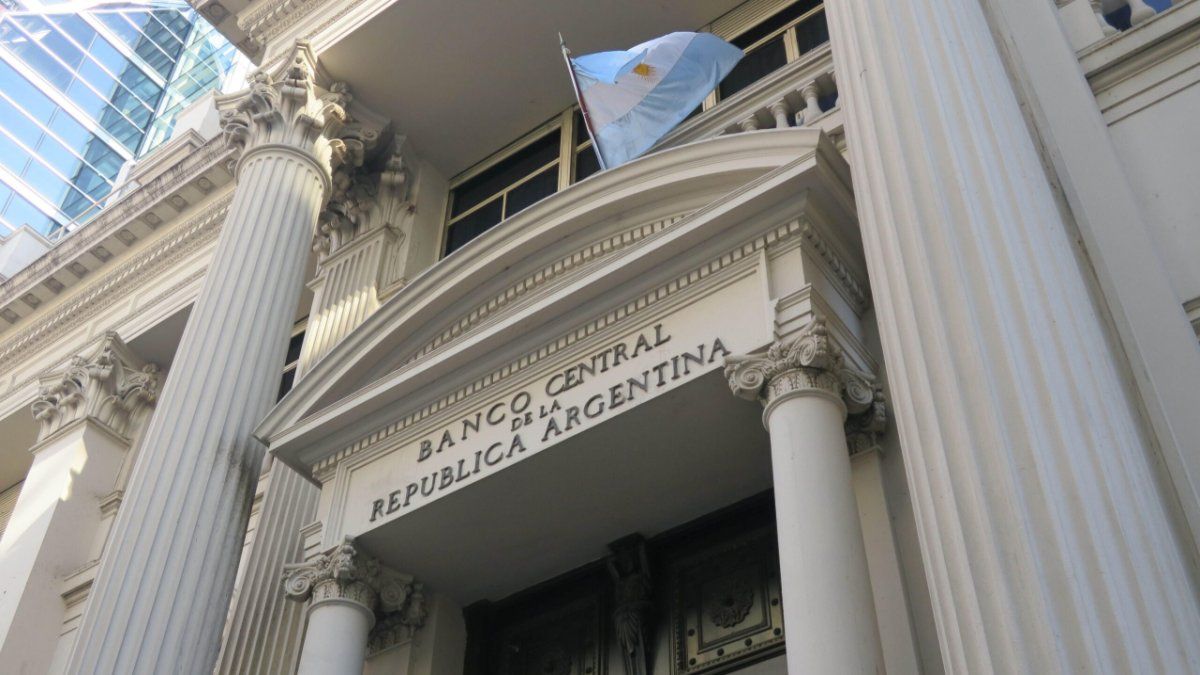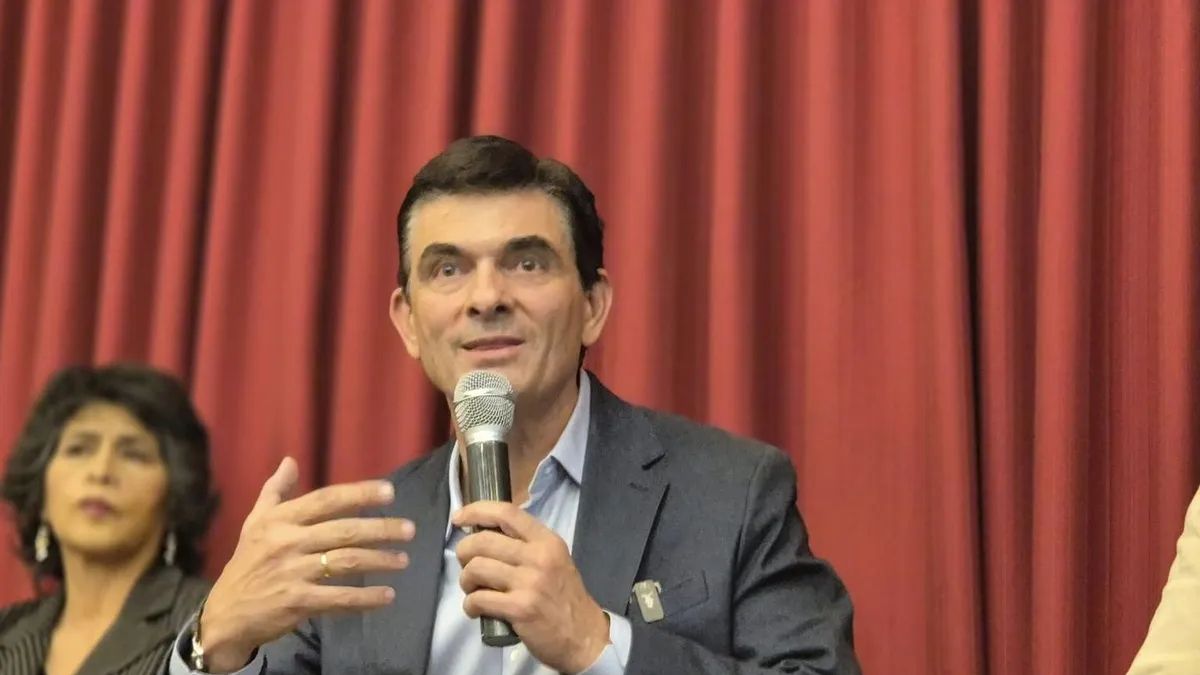After the announcement of the Central Bank (BCRA), last Friday the deregulation of the exchange market entered into force For foreign investors. Through the Communication “A” 8257, The monetary authority eliminated two key limitations: the called cross restriction and the minimum term of six months of permanence in local assetsknown as parking.
Previously, who operated in dollar counted with liquidation (CCL) could not – During the following 90 days – Access the change free market (MLC). This lock, which also applied in reverse, worked as a barrier to prevent financial actors from using both circuits simultaneously. With the new regulations, That limitation ceases to govern for non -residents.
Less stock for foreign investments: What changes established the Central Bank
From the government they justified the measure pointing out that “Resident investors do not currently have stock in sovereign debt, which does not make sense of the norm“In addition, they note that their original purpose was to prevent importers and companies with obligations abroad to simultaneously take advantage of both channels of change.
The BCRA text enables financial institutions to “Non -resident fund repatriations, provided they conform to the provisions of point 3 of communication to 8230 and complementary norms. This normative flexibility is integrated into the current regulatory framework.”
Communication “A” 8257, .pdf
The communication of the Central Bank.
To this is added recent elimination of the minimum period of permanence for financial investments from abroad. Now, non -resident investors who access the MLC, both in primary emissions and in the secondary market, They will no longer be subject to keeping their assets for at least six months.
This means that, after formalizing the new measure, there are less and less exchange restrictions for non -residents. Consequently, from last Friday, they can enter – whenever they liquidate the official market – and exit without obstacles.
Timing with Bonte 2023
This turn in exchange policy simultaneously with the Treasury intention to expand the placement of Bonte 2030 for US $ 500 million. The instrument, which is subscribed in dollars but pays in pesos, It aims to accumulate reservations without generating pressure on the exchange rate. In his first broadcast he captured US $ 1 billion, with a demand that exceeded the supply.
dollars.jpg
The launch of the 2030 Bonte aims to accumulate reservations without generating pressure on the exchange rate.
Depositphotos
In detail, Bonte 2030 is a Title in fixed rate pesos what will be Subscribed in dollars, and? will pay pesos at the time of expiration (May 30, 2030), Unlike an “Linked” instrument. Next, Its main characteristics are detailed:
- Treasury bonus at a fixed rate in pesos
- Subscribable in dollars
- For international investors
- Early cancellation (“put”) at 2 years
- Maximum amount to be issued equivalent in au s1,000 million pesos
Flexibility seeks to position Argentina as a more attractive destination for international funds, which for years avoided the country for the risk of being trapped by restrictions.
The measure, however, maintains a differentiation between investors. While for non -residents the obstacles were practically raised, Resident legal persons – as local companies – continue to be subject to stricter controls. This segmentation seeks to allow BCRA to move towards a gradual opening, looking for Attract currencies without compromising the stability of the exchange market.
Source: Ambito
I am a 24-year-old writer and journalist who has been working in the news industry for the past two years. I write primarily about market news, so if you’re looking for insights into what’s going on in the stock market or economic indicators, you’ve come to the right place. I also dabble in writing articles on lifestyle trends and pop culture news.




